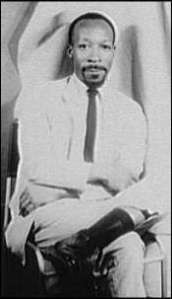Our editor attended Archie Shepp’s Tribute to John Coltrane at the Kennedy Center on February 10, 2019. Check out her review: Archie Shepp’s Tribute to John Coltrane
A Theatrical Performance of “Between the World and Me” Hits at the Heart
The debut of the theatrical performance of Between the World and Me at the Kennedy Center’s Eisenhower theater at 2:00 p.m. on April 7, 2018, hit at the heart and sang with all the right notes, as a stellar and award-winning cast invigorated author Ta-Nehisi Coates prose with embodied engagement. Savion Glover, Marc Bamuthi Joseph, Joe Morton, Ledisi, Greg Reid, Tariq Trotter, Pauletta Washington, Susan Kelechi Watson, and Michelle Wilson dramatized Coates’s sanguine prose that examines what it means to be Black and Black and male, in particular, in a world that systematically denigrates and a society where the police murder Black people with impunity.
Director Kamilah Forbes cautioned the audience from the house before the curtain that we would witness and participate in a call and response performance that would last 90 minutes and without an intermission. Her cautionary words came to fruition as a jazz trio-comprised of Jason Moran on piano, Mimi Jones on electric bass, and Nate Smith on drums-perched above the stage on a riser, opened the performance with notes that created an atmosphere that at once stimulated reflection, interest, and foreboding.

Cast of the theatrical performance of Between the World and Me at the Kennedy Center (Photo credit: Michael D. Poole)
For those persons in the audience who had read Coates’s work, to a large extent, they knew what to expect. However, dramatizing Coates’s prose presents new ways of hearing his words, and perhaps an unanticipated vulnerability to understanding the Black body, the Black person, and the Black community. Most importantly, Coates’s text reminds the audience that it is as much for his son, Samori, whose names embodies “The Struggle,” as it is for us.
Three reading stands illuminated center stage remind you that this will be a dramatized reading. The actors remain sequestered stage right in rows of chairs and stands much resembling the amen corner in a Black church, awaiting their turn to embody and deliver Coates’s prose to us. Joe Morton opens the performance by reading the beginning paragraphs of Coates’s work with selected passages from part I of the book.
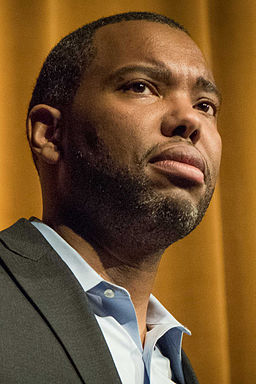
Ta’Nehisi Coates, University of Virginia, 2015 (Photo credit: Eduardo Montes-Bradly, copyright CC BY-SA 4.0)
Four parts delineate the performance, each one using the technique of blacking out portions of Coates’s text to highlight the most emotionally engaging prose. Coates’s recalling the police murder of his Howard University classmate Prince Jones and subsequently visiting Jones’s mother Mabel to discuss Prince’s death personalize the epidemic of state-sanctioned murders of Black people in the US. Perhaps no other part of the performance put into full relief the fear that many African American parents have about the danger that awaits their children. Coates’s prose and the actors’ performances of his prose drive home that all Black bodies, regardless of socioeconomic status, remain under siege with the high plausibility of meeting an untimely and unnatural death.
After the actors take center stage to receive a much-deserved applause, they do not return for an encore, which the audience’s enthusiastic clapping would generally evoke. Instead the names of persons of African descent murdered with impunity or with a punishment that does not acknowledge the sanctity of Black life, by either the state or in the case of Trayvon Martin, a private citizen, scrolled for approximately five minutes.
If there was any discomfort in watching the names of the murdered in black and white, the pain rests in coming to terms with or feeling the rage regarding not only the vulnerability of persons of African descent living in a white supremacist US. But also in seeing, perhaps for the first time for some, the amount of Black people who have been murdered. While we are more than our bodies, we are “equally robbed of our bodies” daily in a country and a world that continues in too many instances to regard us as less than human, as subordinate, as non-feeling, as undeserving of a long and prosperous life free of the power of the state to sanction its death.
The 2:00 p.m. performance at the Kennedy Center was the third performance of Coates’s work. The hope is for this theatrical piece to tour the US and acquaint audiences with the beauty and pain of Coates’s prose.
Remembering African American Writer William Melvin Kelley
Kathryn Schulz for the New Yorker recalls the life and times of William Melvin Kelley, an African American writer with a brilliant debut novel who falls into obscurity. Read this excellent piece about Kelley here.
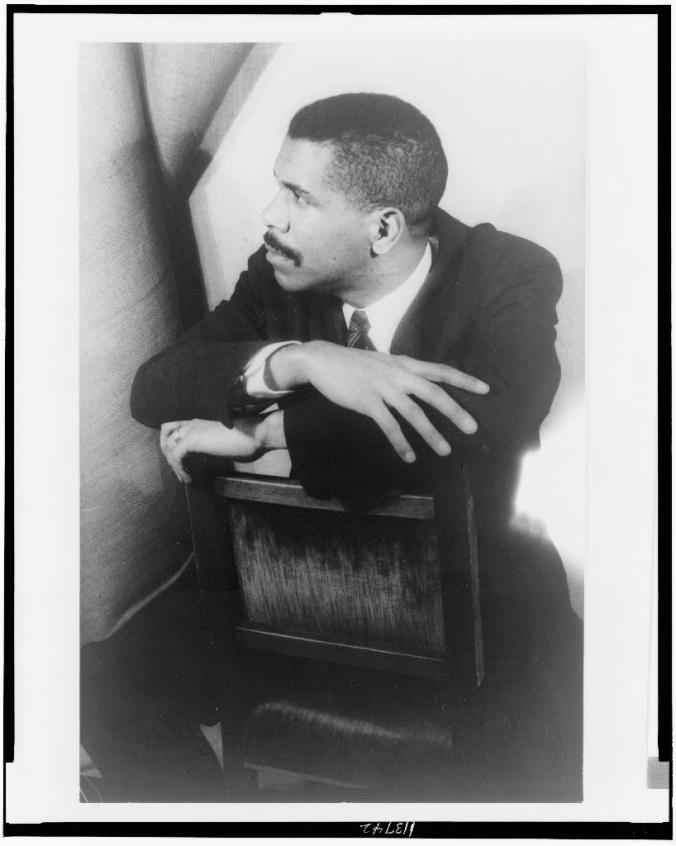
(William Melvin Kelley, 1963; Image credit: Carl Van Vechten Collection, Library of Congress)
Danai Gurira’s Play “Familiar” Resonates in These Times
Danai Gurira’s play “Familiar” runs through March 4, 2018, at the Wooly Mammoth Theater Company in Washington, DC. The play explores the life of an African immigrant family in the Midwest, but with a twist. Check out our review of “Familiar.”

Danai Gurira (Photo credit: Gage Skidmore, Creative Commons Attribution-Share Alike 3.0 Unported license)
Staging Octavia Butler in Abu Dhabi
Just in case you need another reason to travel to Abu Dhabi, how about going to see an opera based on Octavia Butler’s novel Parable of the Sower (1993)?
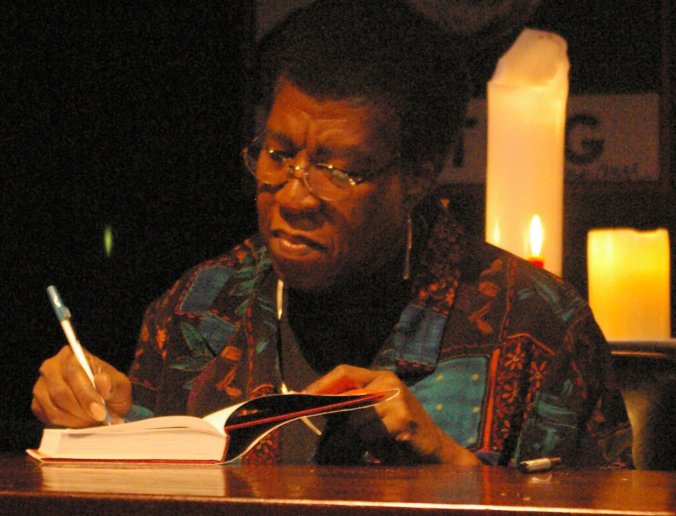
(Image credit: By Nikolas Coukouma CC BY-SA 2.5, https://commons.wikimedia.org/w/index.php?curid=602976)
Black Women Artists of the ’60s and ’70s
An exhibition of Black radical women artists of the ’60s and ’70s is at the Los Angeles African American museum through January 15, 2018. Check it out.
Black Radical Women Artists of the ’60s and ’70s
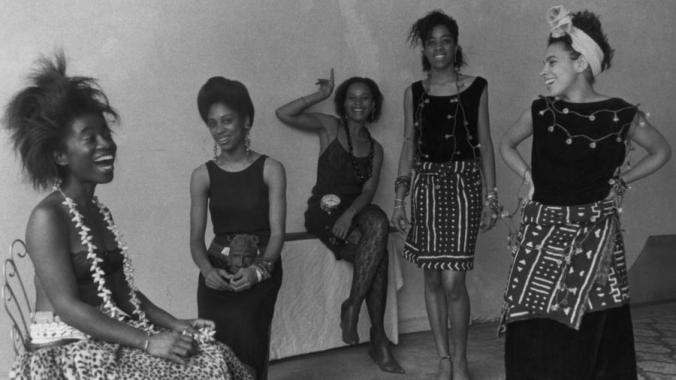
(Image credit: L.A. Times, Members of Rodeo Caldonia, from left: Alva Rogers, Sandye Wilson, Candace Hamilton, Derin Young and Lisa Jones — as photographed by Lorna Simpson in 1986. [Lorna Simpson])
Amaal Said Just Might Change the Way You See Women of Color
No more stereotypes, at least not in Said’s depiction of women of color through her lenses. Her photographs beg attention, and force many to challenge their own perceptions of women of color.
James Baldwin Conference
Our editor will be presenting at the James Baldwin conference on Friday, May 27, 2016, from 13:15 to 15:15 at the American University of Paris. Dr. Simms-Burton will examining Baldwin’s relationships with Johnny Romero and Frederick James within the context of unrequited love and how intersectionality silences these relationships.
Jake Lamar, an African American Writer in Paris
African American writers, intellectuals, musicians, and artists have been flocking to Paris for generations. The writer Jake Lamar carries on that tradition. Read Janet Hulstrand’s interview of Jake Lamar in “Bonjour Paris: The Insider’s Guide.”
We Mourn the Loss of John A. Williams
On July 3, 2015, one of our literary giants transitioned to be with our ancestors. We will forever remain indebted to Williams for his genius, his political tenacity, and his laser beam insight. Thank you Medgar Evers College and the Center for Black Literature for your obituary of Williams.
Visit Williams’ digital archives at the University of Rochester
.

